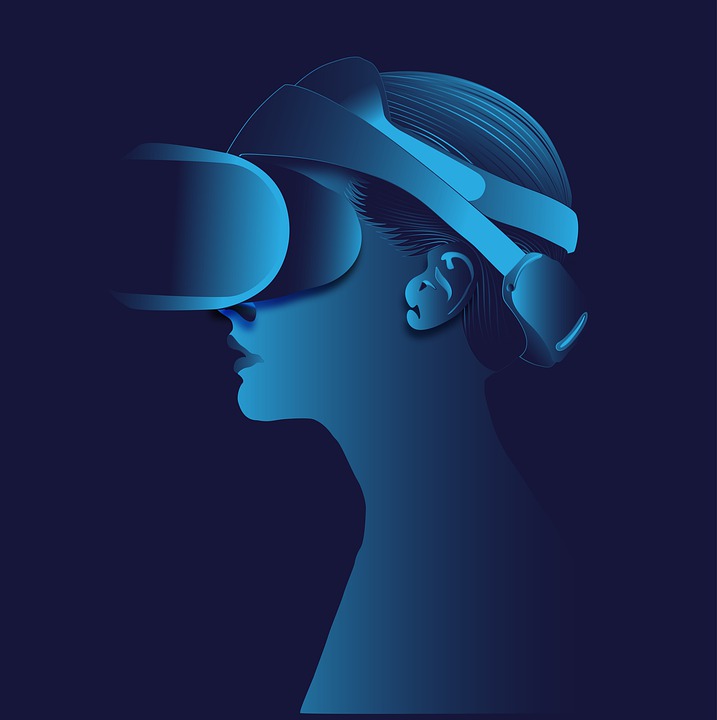
VR Surgery
Advantages Of Using VR Medical Training
Progressions in VR medical training and safety strategies hold guarantee for sparing and improving lives. Be that as it may, the current trainings for medical procedures fall behind the pace of development — leaving a few experts ill-equipped to perform complex medical procedures and putting a few patients in danger. Lacking the right training and evaluation are expanding levels of danger.
By utilising VR innovation in education, it might assume a significant function in tending to these significant concerns and improving abilities. VR-based training frameworks offer a proficient answer for these difficulties.
If you’re a medical practitioner who needs to widen their capacities in the medical field, you use VR medical training. Below are some of the ways it could help you in pursuing your career.
Exploring into Data
VR training programs can capture huge amounts of data, helping employers to track progress, measure outcomes, and tailor future training. The depth and complexity of the data available is ever-increasing, with the potential to use eye-tracking software, biometric technology, and even brainwave monitoring in VR training environments. Data can be collected on both an aggregated and an individual level, helping to personalize training to individual users.
Much less risk involved
Virtual training could be for a highly technical task, such as medical surgery, piloting an aircraft, or engineering work, which are difficult to recreate accurately without posing a risk to the learner or those around them. VR can allow staff to experience tasks and scenarios that could be too risky to replicate in reality. These can be accurately reproduced within a controlled environment to help prepare your workers to the real thing.
Reshaping the healthcare
Technology revolution is going its way in healthcare training – from students watching live-streamed operations by experienced surgeons to nurses learning how to deal with aggressive patients through VR simulations. And VR is being used in other healthcare contexts too; it’s been shown to be effective as pain relief, redirecting a patient’s attention away from treatment by engrossing them in an alternative experience or game. The possibilities of VR for healthcare are exciting and far-reaching.
The user experience is engaging and enjoyable
Introducing VR can offer an alternative that generates excitement and interest, as well as improve engagement and enjoyment. Through VR, topics can be presented in different ways, allowing of greater variety, while instructional segments can be easily broken up with immersive activities to keep brains in gear.
Realistic scenarios can be created
Advancement of VR technology mean that virtual training environments can be created to a very high level of detail so that they look and sound like the real thing. Because of this, a real sense of immersion can be generated which helps the learner to feel like they are there getting hands-on experience. Virtual simulation can accurately replicate aspects of a business for a true-to-life training experience.
New perspective for healthcare training
VR, in business leaders point, offers improved training to staff to be better in engagement and retention. VR also shows true potential in improving both safety and efficiency across the healthcare sector. As the CTCA scanning example demonstrates, using a realistic VR training simulation offers both financial and logistical benefits. It addresses the issues with the current restrictions on training and provides long-term cost saving on sustained training programs. When it comes to VR in healthcare training, the possibilities are endless, and there is no doubt expectations will be exceeded.
VR in Medical Training
Virtual reality is now considered one of the most excellent ways to train new surgeons. It is used in medical schools and other similar settings as a means of education and instruction. It enables medical students to gain knowledge and understanding about the human body by means of interaction within a virtual environment. Medical students can perform hands-on procedures and are free to make mistakes with no risk to the patient. This allows them to learn from it so that they can apply in the real world.
Paramedics and other medical staff also use virtual reality for their training. Since VR allows them to practice medical procedures without posing a risk to themselves or their patients, training has become more realistic and more efficient. They are able to do this by interaction with a simulated accident or emergency in a virtual environment but with minimal risk. These scenarios are realistic and enable them to experience a high-pressure situation and respond accordingly.
VR in Preventive Medicine
Virtual reality is used to educate patients about positive lifestyle by demonstrating the effects of negative choices in daily life, such as smoking, heavy alcohol intake, unhealthy eating, and lack of exercise. There is an emphasis on educating people to make positive changes about their health which will reduce the risk of illnesses, many of which are preventative.
Today’s clinical progressions give a better approach for surgical trainees to hone their expertise. VR medical training is one of the best ways to guarantee a steady degree of value and expert range of abilities for the clinical field and practicing students. With the current difficulties of the surgical training framework, fast clinical progressions like the VR-based education may offer a significant learning device to give students the right training and keep on offering patients the absolute care.